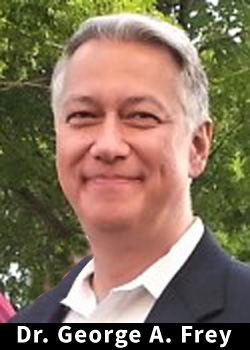Locations

Fax: (303) 762-9292

Nonoperative Treatment: Acupuncture

We do not fully subscribe to the theory and beliefs associated with acupuncture. In essence, acupuncture lacks scientific validation. However, we are aware that many patients experience considerable pain relief from acupuncture treatment. Thus, we support acupuncture treatment for some of our patients. This article outlines some of the theory and practice associated with acupuncture.
What is Acupuncture?
Acupuncture is the ancient Chinese healing technique considered part of Traditional Chinese Medicine (TCM). Acupuncture is the insertion of fine needles into acupuncture points called Meridians. There are 365 mapped acupuncture points along 12 major channels. Extra points (more than 1,000) are found on the hand, ear and scalp.
We do not subscribe to the following theories, but are pleased to present them for our patients’ review.
Acupuncture theory hypothesizes that Qi (pronounced chee) is the body’s energy force. Qi flows through the meridians and channels. It is believed that health is influenced by the flow of Qi in the body. If the flow of Qi is insufficient, this can disrupt Yin and Yang creating imbalance. Acupuncture needles are inserted at specific points to balance the flow of Qi to stimulate the body to heal itself.
Yin and Yang are related to the Meridians and channels by means of organs. The Yin organs are the heart, liver, lungs, kidneys and spleen. The Yang organs are the large intestine, small intestine, stomach, bladder and gallbladder.
Trauma, aging, stress from poor body mechanics, normal wear and tear, and injury can affect muscles, tendons, ligaments, discs, or vertebrae in the spine. These conditions impact the flow of Qi negatively. Pain associated with certain spinal disorders may effectively be treated using acupuncture. Acupuncture stimulates the secretion of endorphins, the body’s natural pain fighters.
Restoring a healthy flow of Qi enhances circulation of blood and lymph and helps the body heal.
Acupuncture Needles
Acupuncture is not painful. Acupuncture needles are much thinner than hypodermic needles. The patient may feel different sensations as the needles are inserted and / or manipulated during therapy.
There are different types of disposable acupuncture needles. They vary in length, shaft width and head shape. Needles are chosen according to the acupuncturist’s diagnosis. The technique used to insert the needles is as important as where they are placed.
Techniques
- Electro-Acupuncture: This method is often used to relieve musculoskeletal pain. Small electrical impulses are delivered through the acupuncture needles.
- Moxibustion Moxibustion, combined with acupuncture, may help relieve muscle pain and arthritis. It involves burning mugwort (a medicinal herb) to heat the acupoints.
- Cupping: Low back pain, sprains, and soft tissue injuries may be treated using cupping. Special therapeutic glass cups are used to stimulate acupuncture points. The oxygen inside the cup is burned, which creates vacuum suction.

- Tui Na is Chinese massage and beneficial for many types of musculoskeletal conditions. It is used in conjunction with acupuncture to enhance the effects of the treatment.
Conclusion
Acupuncture cannot be viewed in terms of Western medicine. Chinese medicine looks at the cause of back pain differently. We are supportive of acupuncture care for pain relief for some of its patients. Despite acupuncture’s lack of scientific validation and it’s very different theory of medicine, acupuncture does indeed help many spine patients.









